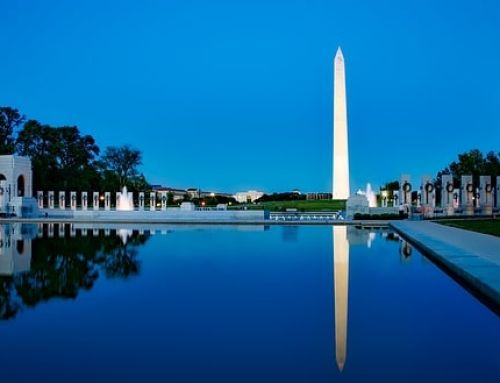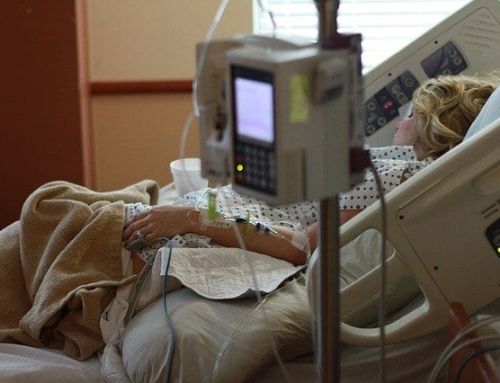Is Miami secure? Top 10 Risky Neighborhoods in Miami, FL
04 Aug 21:25

Miami’s culture is so vivid and dynamic that it’s no surprise it’s one of the most popular vacation destinations in the United States. There’s a thriving nightlife, beautiful beaches, and mild winters. The Latin and Cuban cultures add to the distinctive and lively metre.
However, it is not all as it should be because it has one of the worst crime rates and gun violence in the United States. There are gangs, narcotics, and a high level of crime. It is still a safe city to tour, but you must be extra cautious to avoid dangerous places.
Top 10 Dangerous Places in Miami, FL
What are Miami’s terrible neighborhoods?
1. Model City
This area of 25,023 inhabitants, popularly known as Liberty City, is not just crime-ridden but also one of Miami’s undesirable neighborhoods. It is heavily inhabited and located in the city’s northwest quarter, which houses the destitute and is known as the ghetto.
The entire area is notorious for violent crimes and drug-related offences. There have been several incidents of violent shooting sprees, burglaries, robberies, and drive-bys. Homicide rates surged by 40% between 2011 and 2013, and have continued to rise since then.
Although criminal activity has decreased in recent years as a result of police engagement and efforts, it remains a high-crime zone. Walking and riding should be done during the day rather than at night, especially for females travelling alone. Pickpockets are few on public transportation, so your cash is safe.
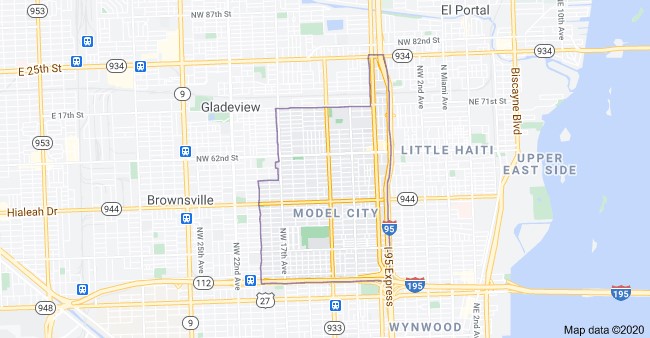
TRAVELING TO THE UNITED STATES?
Do You Have U.S. ESTA VISA Travel Authorization? If You Have ESTA Application, Check if it is Still Valid!
2. Overtown
As one of the city’s oldest black historical districts, this is Miami’s most vibrant neighborhood. As a result, this is Miami’s most important historic neighborhood. The population of 9,640 people lives northwest of downtown Miami.
Even with an extensive police presence, crime, particularly gun violence, is determined to be common in this community. There is an increase in drug activity, mass killings, and shootings. The rate of violent crimes is 124 percent higher than the national average, while total crime rates are 145 percent higher. Without a question, this is one of Miami’s worst neighborhoods.
Walking or riding through Overtown at night may not be the best idea due to gangs lurking in corners. Even for female lone travelers, the daytime is preferable. Simply walking alone increases your chances of becoming a victim of crime. Because petty crime is non-existent, public transportation is protected from cash robbery.
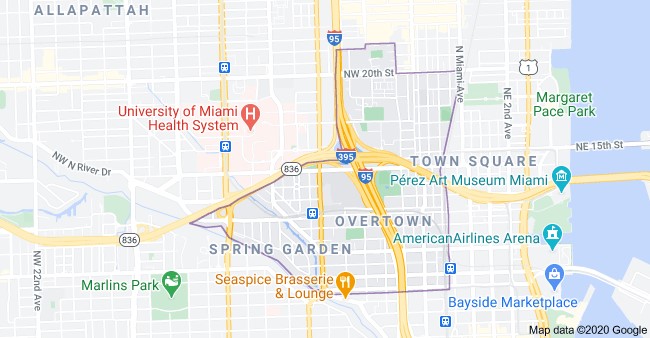
3. Downtown
Is Miami’s downtown safe? This area has a population of 30,065 people with a high prevalence of violent crime. Total crime is 10,146 per 100,000 population, with violent crime accounting for 1,195 and property crime accounting for 8,951. The most recent crime statistics for this area show that it is safer than it was a decade ago. The cops in this area are most likely extremely active.
The ideal time to explore Downtown on foot or by bicycle is during the day. Hoodlums and street gangs congregate on corners and can cause havoc at night. Women travelling alone are advised to seek company after it becomes dark, or to stay at one of the nearby suggested motels.
Panhandlers may be met, since this area of Miami is teeming with homeless individuals begging for money. Pickpockets are unlikely to target you on public transportation, and your money will be safe.
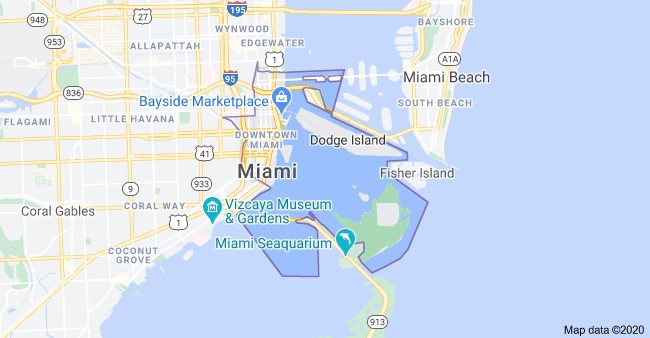
4. Little Haiti
This area, often known as Lemon City, was created for Haitians and other Caribbean inhabitants. While there is plenty to like about this area, particularly the Haitian food and culture, the prevalence of high violence will put you off. Some visitors perceive this district as a slum, with frequent shootings and gun violence. It is literally one of the spots to avoid in Miami!
Although property crime accounts for 80% of all offences, violent crime in Little Haiti is 200% more than the national average. According to neighbors, the police operations in this area are not particularly transparent.
If you are not a local, you should only visit the area by bike or on foot during the day. Nighttime may be perilous, especially for women travelling alone. There has been minimal anxiety about cash robberies on the streets and on public transportation. So you may rest assured of it.
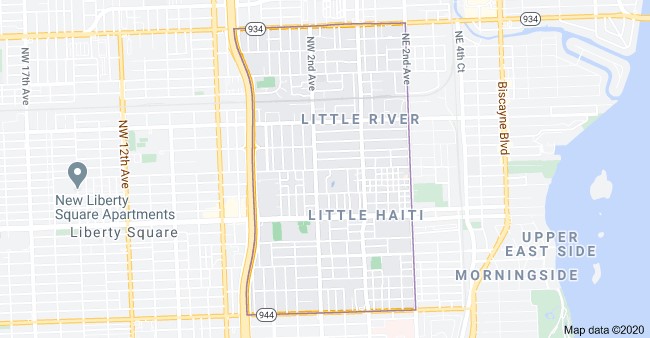
5. Allapattah
This used to be a Dominican-only residential community, but it is now a mix of cultures. It is located north of downtown and has a population of 48,221 people. There are pockets of crime in this neighborhood, but it is not severe. The disturbing aspect is that there are occasional gunshots, making Allapattah one of Miami’s most dangerous neighborhoods. Even with police presence, crime rates in this community are 125 percent higher than the national average.
Daytime and evening walks or bike rides are safe, but avoid locations east of 9th Ave. and north of 20th St. since they attract danger. Only a few hotels come highly recommended. Traveling on public transportation is safe, as is walking with cash.
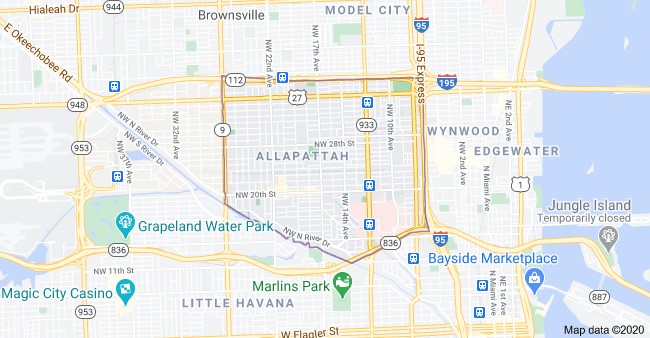
TRAVELING TO THE UNITED STATES?
Do You Have U.S. ESTA VISA Travel Authorization? If You Have ESTA Application, Check if it is Still Valid!
6. Little Havana
This west-of-town community was founded by Cuban exiles. It is heavily inhabited, with 56,682 people living there. There is crime in this neighborhood, although it is not very serious. However, there is a high gang presence, and automobile break-ins are common. Few thugs roam around and commit random crimes, making this one of Miami’s more unsafe neighborhoods.
Residents complain about how dangerous it is to stroll on the streets during the day, let alone at night, when the risk multiplies. During the day, the best exploitable portions of Little Havana are west of 22 Ave and south of 8 St, the center part of which is the perfect tourist attraction.
Public transportation is rarely dangerous, thus your money is safe.

7. Wynwood
This Miami neighborhood is home to 17,923 individuals. This is one of Miami’s undesirable neighborhoods. In 2018, there were 782 cases of violent crime and 8,807 incidents of property crime out of a total of 8,588 incidents. Although the research shows that there are more thefts and auto break-ins, violent occurrences appear to go undetected. They are 106 percent higher than the national average, and police patrols appear to have stopped.
The best time to explore is during the day. It is essential to remain alert for any hazard when walking about at night, especially for the females. Fortunately, there are seldom complaints of theft or pickpocketing in public transit. As a result, your cash and wallets are safe.
You have a 1 in 11 probability of becoming a victim of crime in Wynwood!
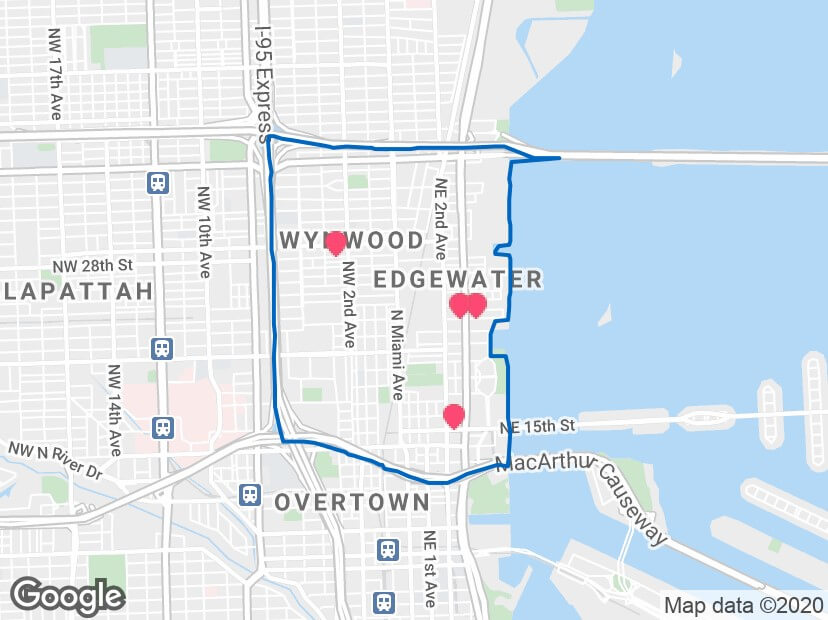
8. West Flagler
This neighbourhood has a higher population density than expected. They account for 49,734 of Miami’s population. This neighbourhood is rife with minor crime and danger. There are 2,427 crimes per 100,000 people, with 2,158 of those being theft, car theft, and burglary. The police’s haste contradicts the crooks’ goals.
Walkers and cyclists are commonly seen both during the day and at night. Even though there are many precautions and procedures in place at night, ladies are urged to stroll accompanied after 9 p.m. Pickpockets do not appear to affect public transportation very much, although valuables must be kept to oneself at all times.
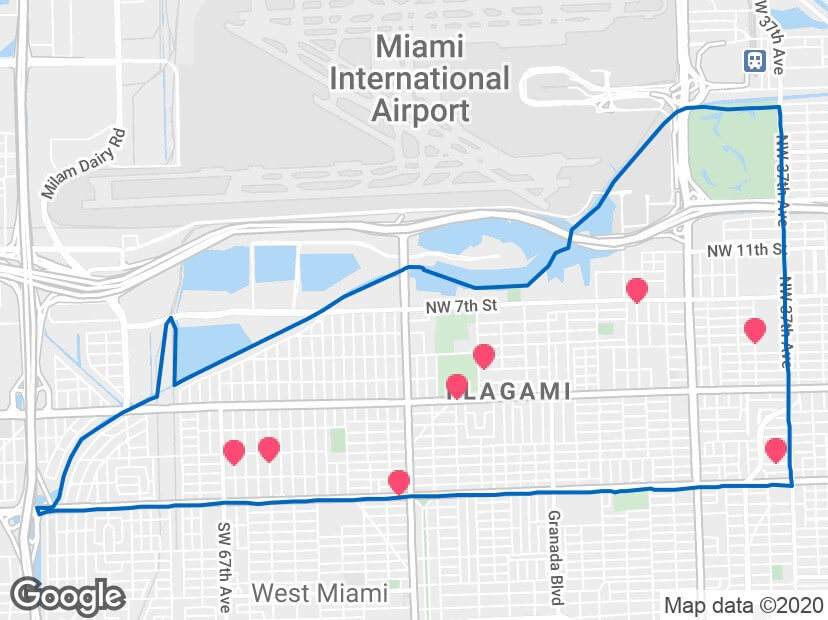
9. Upper Eastside
This neighbourhood, located east of Little Haiti, has a population of 7,725 people. This area has 98 percent more violent crimes than the national average, and crime is claimed to be increasing by 2% year over year.
The police appear to be there, so safety is somewhat secured. This is very useful for those who want to stroll or bike around. The security is adequate for both day and evening use, with additional precautions for women. Panhandling and pickpocketing have also been reduced, resulting in a drop in cash mugging.
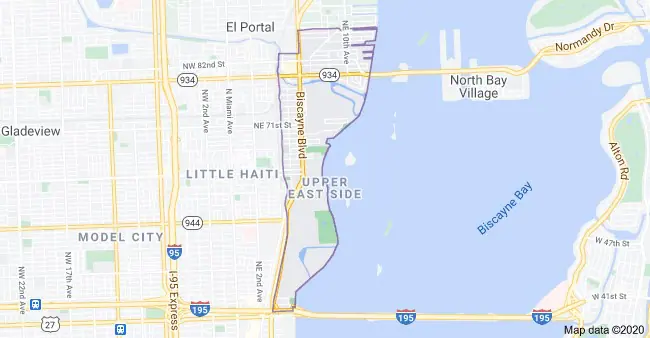
10. South Coconut Grove
The population of The Grove is 7,956 people. This neighbourhood has a lower crime rate than the bulk of the other neighbourhoods. Violent crime is 3% lower than the national average. However, there are still negative sentiments around property offences. Theft and car theft are prevalent, however the police appear to be on patrol on a regular basis.
Walking or bicycling may be done at any time of day or night, and it is reasonably safe even for single female travelers. Moving currency around is the same, even in public transit networks.
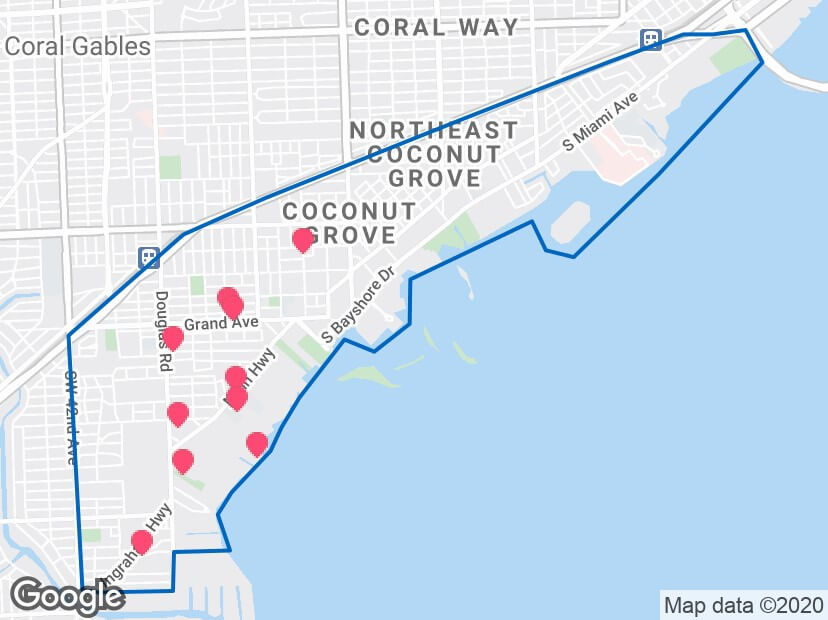
Crime Situation in Miami FL
Is Miami secure? Miami was named one of the worst places in the United States to live in in 2016. The FBI crime data research also indicated that, while there are more property crimes than violent crimes, the crime rate in Miami is 42 per 1,000 population. One in every 24 people is a victim of a violent or property crime in this city.
Top Safe Places in Miami, FL
If you’ve ever thought, ‘Is Miami safe?’ Here are Miami’s safest neighborhoods!
1. Miami Beach
Is Miami Beach truly safe? Previously a violent area, it has recently undergone a metamorphosis and is now one of the safest areas in Miami. The population expanded to 91,784 people, while the number of tourists increased daily.
Because to the large number of people who are always here, it is safe to walk here at any time of day or night. Preferably if you stick on major thoroughfares. Despite the fact that Miami Beach is safer than 1% of US cities, the effect of Miami Beach crime incidences is in the following order: assault, robbery, and rape for violent offences. Theft, burglary, and auto theft are the three types of property crime.

2. Coral Gables
This area was named Miami’s greatest neighbourhood in 2013 by the Miami Times. It has a reputation for catering to all populations. It is a safe and varied community southwest of downtown Miami. It has the fewest crime incidences in the country. There are 50,533 people living here.
Walking and biking are activities that may take place at any moment. Petty crime is likewise at a minimum since property crime is the primary issue. Coral Gables is safer than 47% of US cities, with a 1 in 37 probability of becoming a victim of crime.
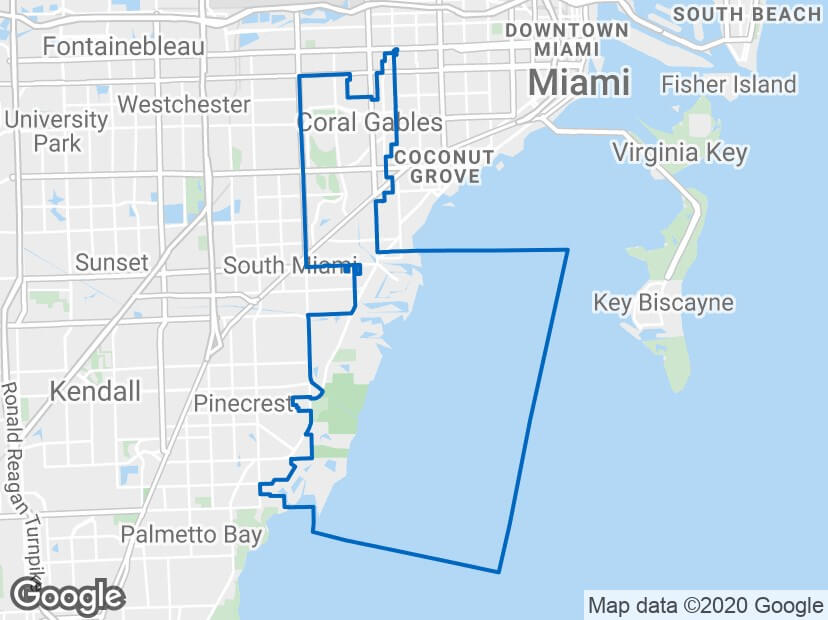
3. Pinecrest
This is one of the greatest neighbourhoods in Miami. It boasts an extraordinary livability ranking, and crime rates are 13 percent lower than the Florida average. The neighbourhood has a population of 19,272.
In 2018, there were 432 recorded incidences, which equates to an estimated 2,186 events per 100,000 people. Violent crimes are 76 percent lower than the national average, and the odds of becoming a victim of a crime are one in every 46.

4. Kendall
This area has a crime rate that is 54% lower than the Florida average, earning it a 64 percent safer rating than comparable cities in the US. It is one of Miami’s safest neighborhoods. The Falls and The Sabal Chase subdivision are two of the most well-known attractions in this community.
The livability score is deemed outstanding in terms of safety. Police patrols are continuous throughout the neighborhood, which is primarily suburban and more affluent than the rest of Miami. Petty crimes are committed, although pickpocketing and panhandling are rarely recorded. Walks, strolls, and motorcycling may be done at any time with no security worry.
You have a 1 in 87 risk of becoming a victim of a crime in Kendall.
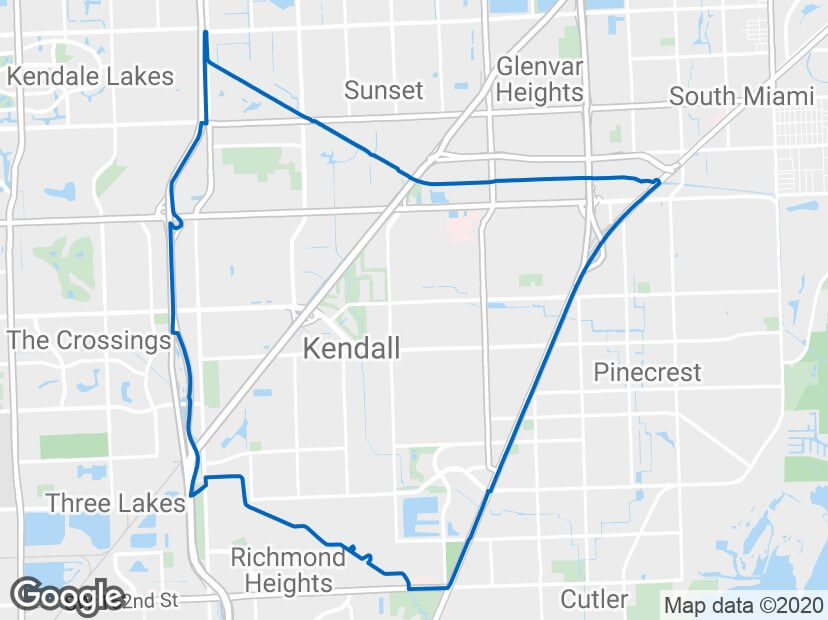
5. Aventura
This area is located in North Miami, near to Sunny Isles Beach and Golden Beach. This suburb has 37,515 residents and various malls, including the well-known Aventura Mall.
It also has an exceptional livability rating and is safer than 22% of US cities. This neighborhood has a visible police presence, so safety worries are minimized. Walks and bike trips can take place both during the day and at night.
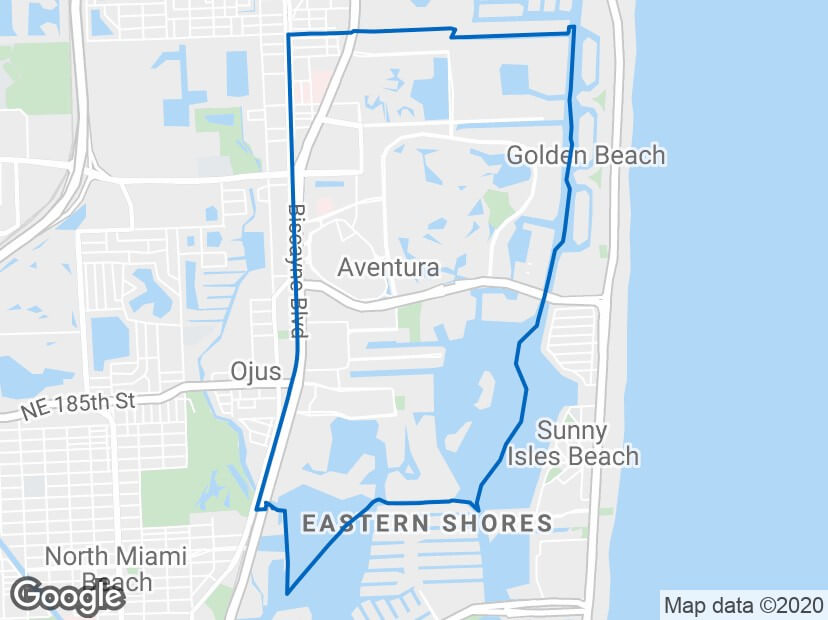
Conclusion
Is Miami a hazardous place? As diverse as the communities of Miami are, so are the degrees of safety in those neighborhoods. If the crime rate becomes terrible, the city’s allure to visitors and travelers would dwindle, although this is unlikely. As the violence becomes more serious, the city responds with an outpouring of thrilling energy. That is why the Miami experience is unique.




